Desert Architect
Desert Building Strategies
Desert Architect
Building Design & Orientation
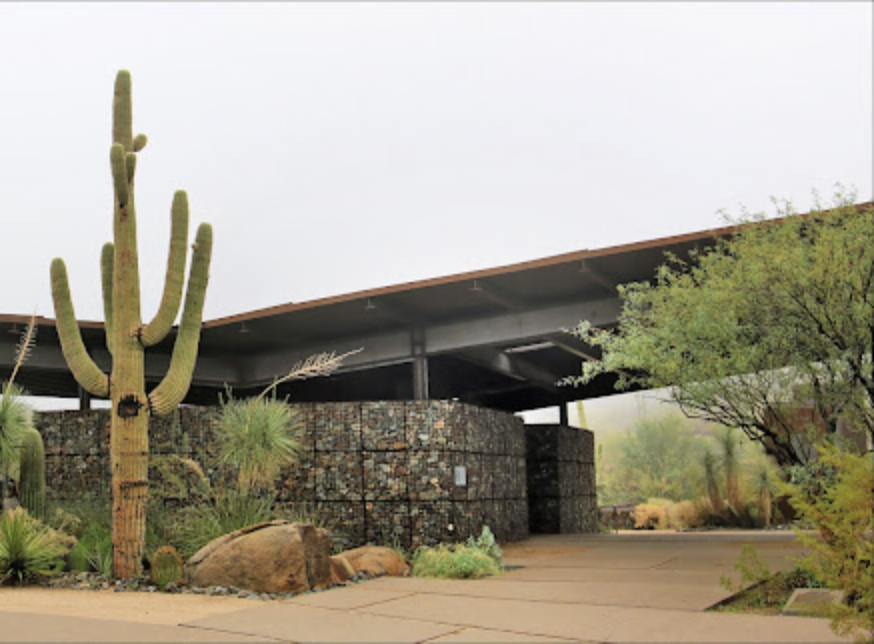
Desert Building Strategy
Thermal Mass
Thermal mass, a crucial element in desert architecture, refers to materials that absorb, store, and release heat, moderating temperature fluctuations within a building. In desert climates, thermal mass helps keep interiors cool during the day and warm at night. Traditional adobe, with its dense earthen construction, is a classic example, slowly absorbing the sun's heat during the day and releasing it gradually at night. Modern applications utilize a variety of materials, including concrete, which offers excellent thermal performance due to its density. Gabions, wire cages filled with rocks or other dense materials, provide both thermal mass and structural support, often used in retaining walls or as part of the building envelope. By strategically incorporating thermal mass, desert homes can achieve a more comfortable and energy-efficient living environment.
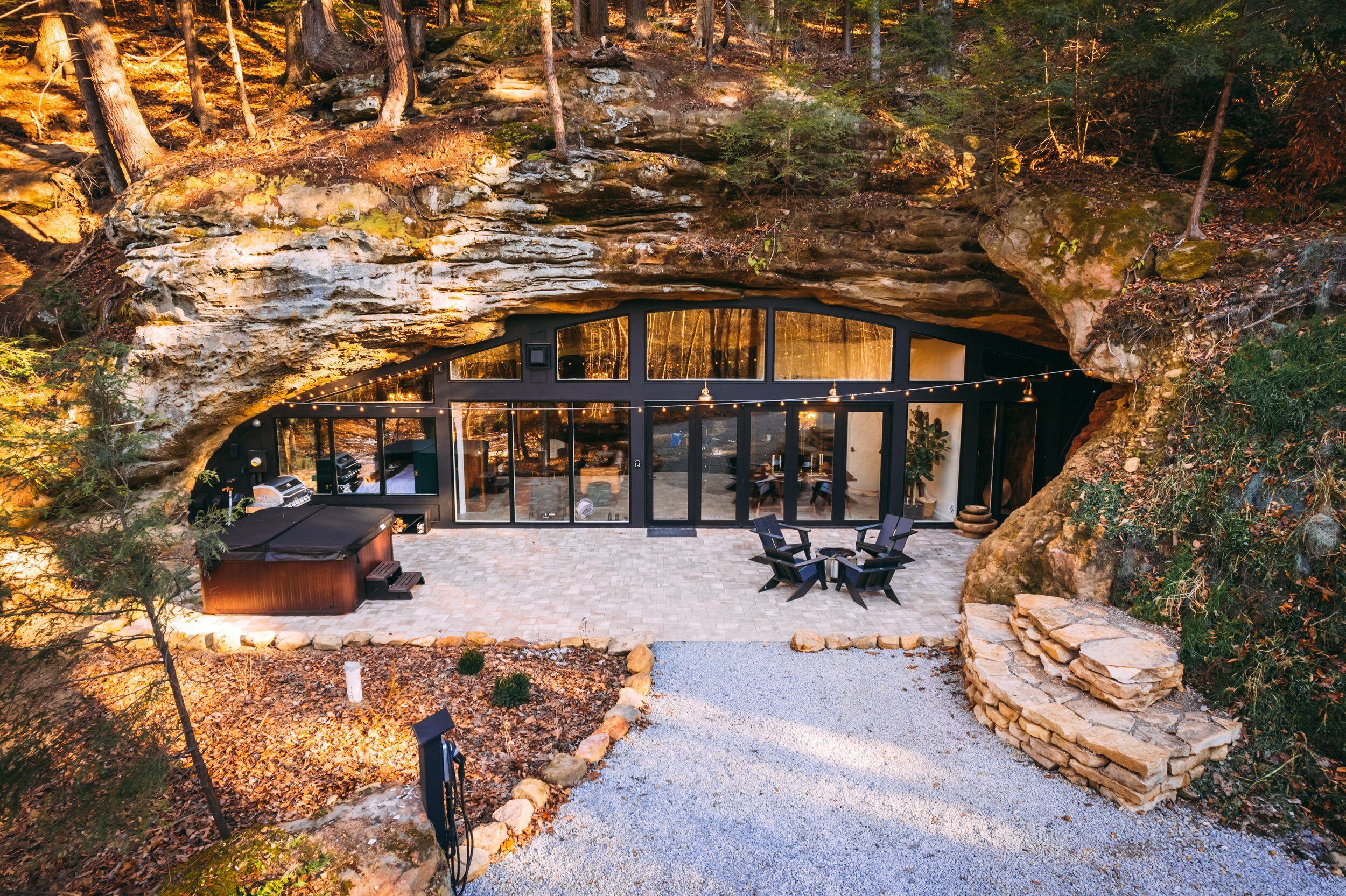
Desert Building Strategy
Earth Sheltering
Earth sheltering, a time-honored building practice, utilizes the earth's natural insulating properties to create comfortable and sustainable living spaces. From the earliest humans seeking shelter in caves to ancient cliff dwellings carved into rock faces for protection from the elements, the principle remains the same: leveraging the earth's stable temperature to moderate interior environments. Modern earth-sheltered homes include fully recessed designs offering exceptional energy efficiency and privacy. These contemporary applications often incorporate advanced building materials and techniques to maximize thermal performance and create beautiful, functional living spaces that harmonize with the natural world.
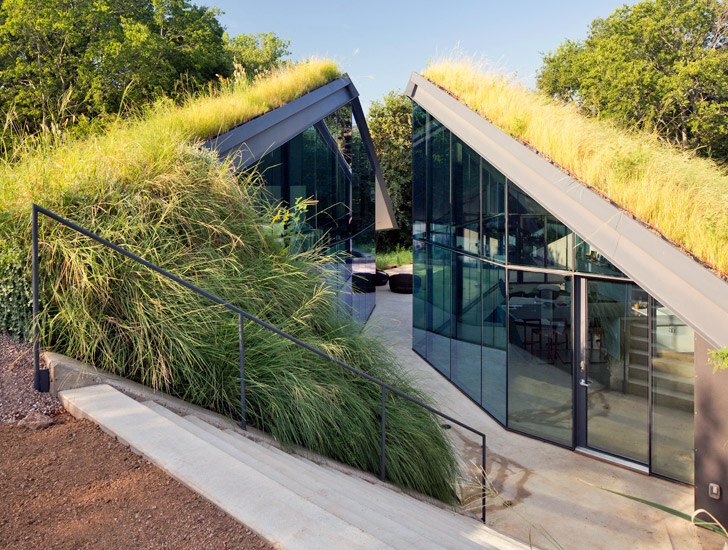
Desert Building Strategy
Bermed Buildings
Bermed housing, a form of earth sheltering, integrates structures with the surrounding terrain by covering them with earth on one or more sides. This technique creates a natural insulating layer, moderating interior temperatures and reducing reliance on mechanical heating and cooling. From ancient pit houses partially sunk into the ground to modern homes nestled into hillsides, berming offers a balance between the benefits of earth sheltering and a more conventional above-ground aesthetic. Contemporary bermed designs often feature large windows and open floor plans, maximizing natural light and views while still benefiting from the earth's thermal mass and protective qualities.
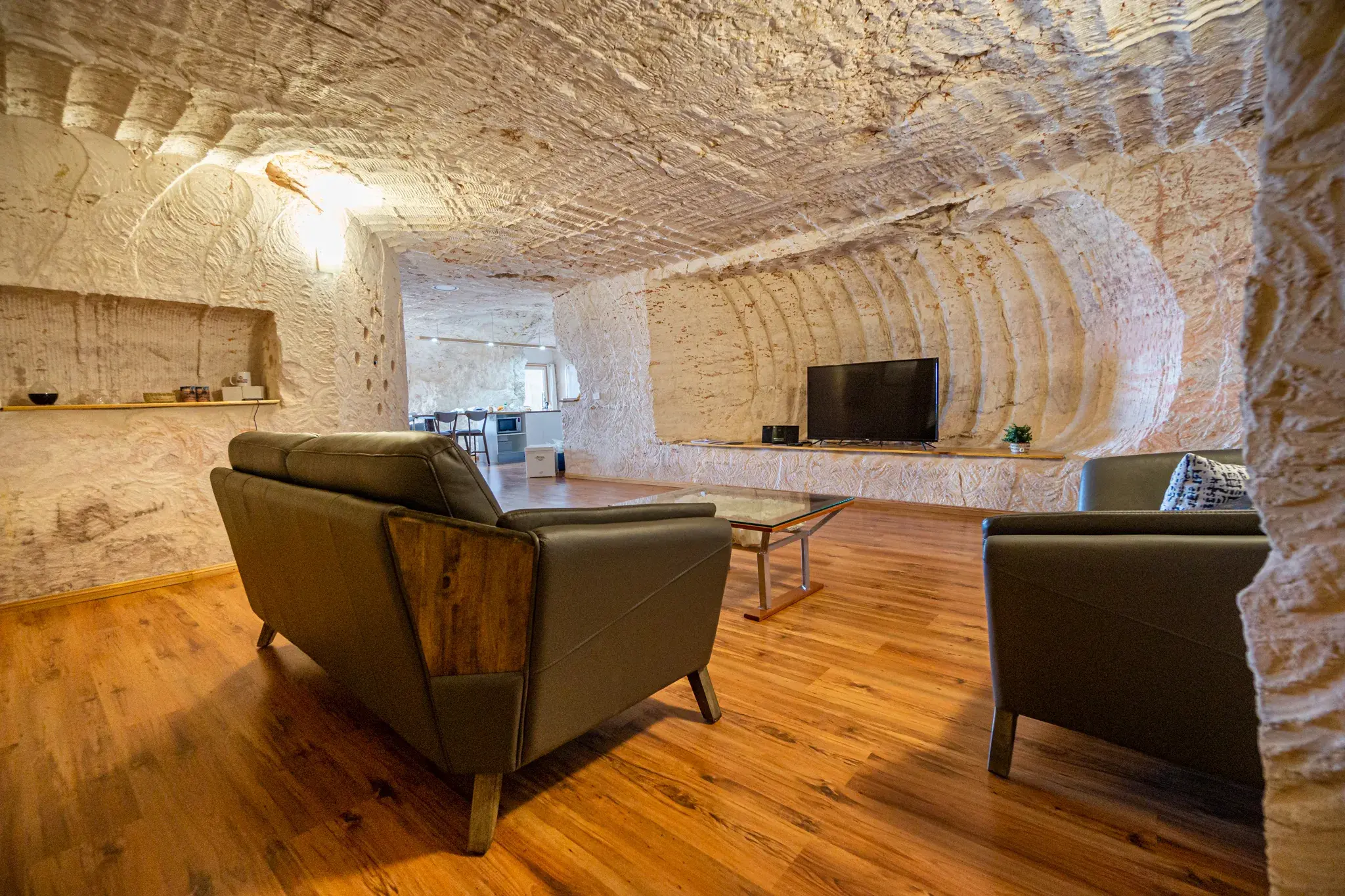
Desert Building Strategy
Subterranean Structures
Subterranean dwellings, built entirely underground, offer unique advantages, particularly in harsh climates. By leveraging the earth's stable temperature, these structures maintain a consistent and comfortable interior environment, minimizing the need for heating and cooling. This natural insulation provides a refuge from extreme temperatures and weather conditions. Ancient examples, like the sprawling underground city of Derinkuyu, Turkey, demonstrate the long history of this building practice. Modern applications range from the quirky dugouts of Coober Pedy, Australia, where residents live to escape the desert heat, to the more luxurious underground house in Las Vegas. Bunkers represent an extreme adaptation of subterranean living, designed for protection and survival. Even the common basement, found in many homes, is a form of subterranean structure, offering additional living space while benefiting from the earth's insulating properties.
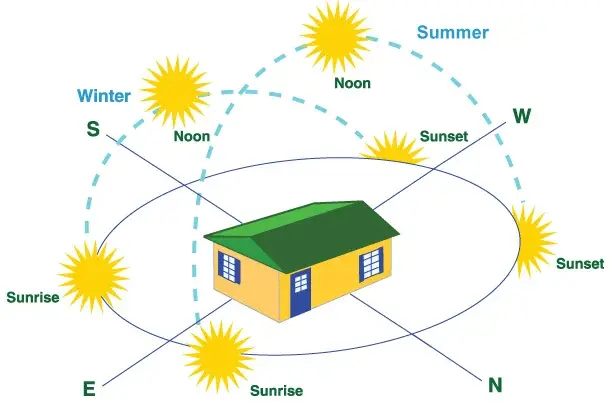
Strategy
Building Orientation
Optimizing building orientation to minimize exposure to the intense sun, particularly during the hottest parts of the day. South-facing walls in the Northern Hemisphere (and North-facing in the Southern Hemisphere) should be minimized or shaded to reduce solar gain. In Arizona, the front of the house should ideally have northern exposure.
Desert Architect
Roof Design
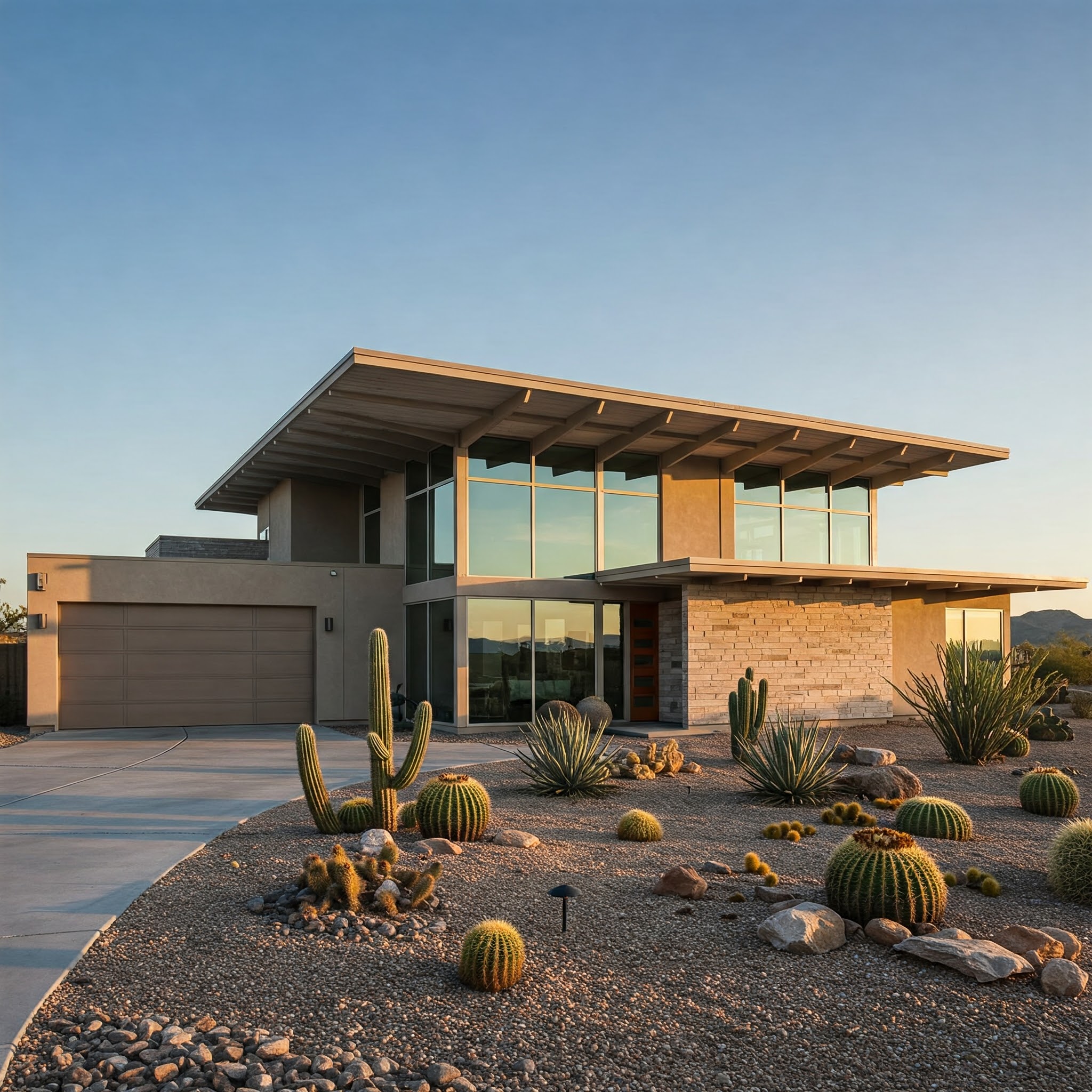
Desert Building Strategy
High Roof
High roofs, a traditional element in desert architecture, offer several advantages in harsh climates. They create a larger volume of interior space, allowing hot air to rise and stratify, creating a cooler zone at living levels. This natural ventilation effect, often enhanced by strategically placed windows or vents, helps to exhaust warm air and promote airflow. High roofs also provide more surface area for insulation, further reducing heat gain. From simple pitched roofs to more complex vaulted or domed structures, high roofs contribute to a more comfortable and naturally cooled living environment in desert regions.
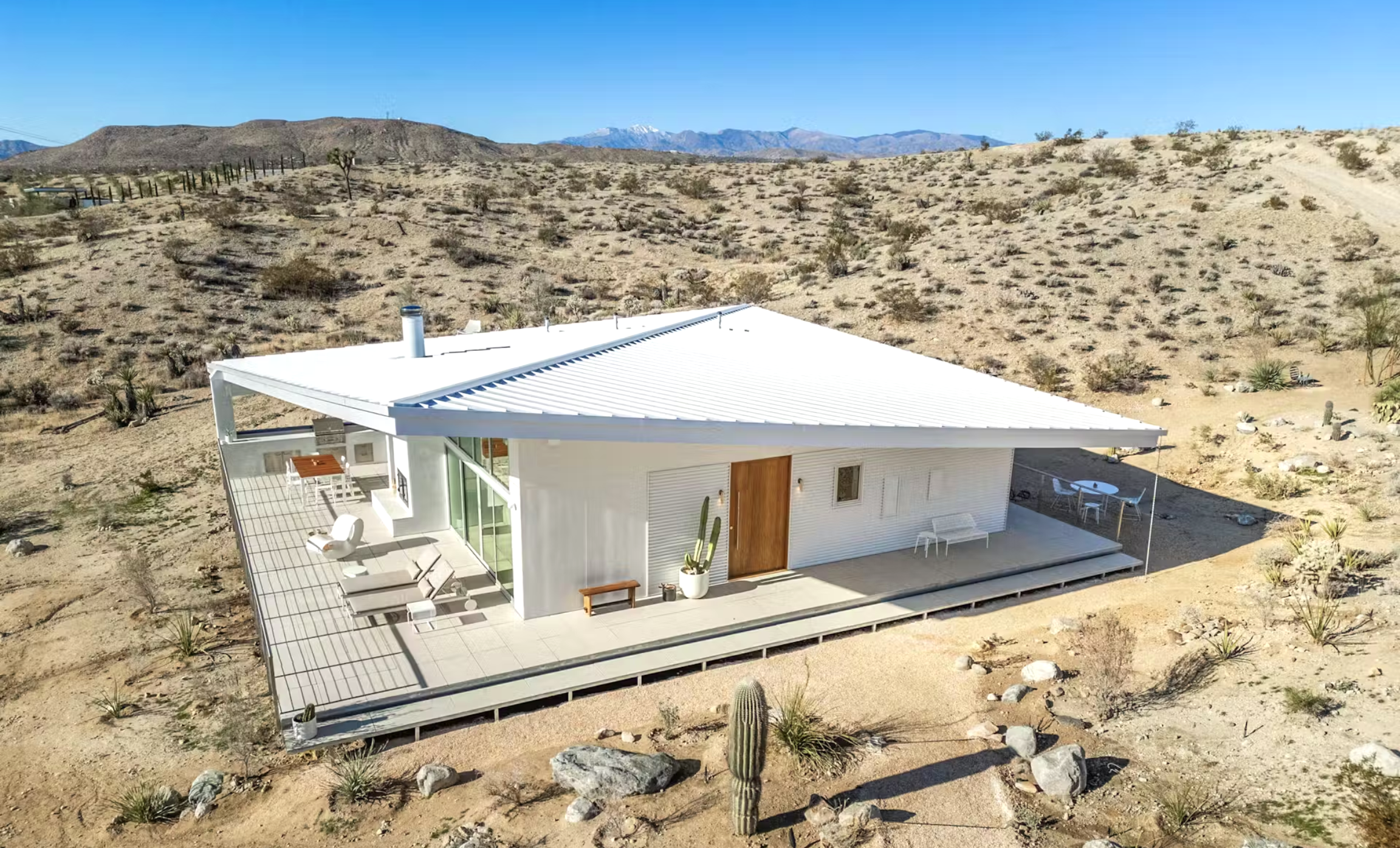
Desert Building Strategy
Cool Roof
Roofs with high solar reflectance (albedo) to reflect sunlight and reduce heat absorption. White or light-colored roofs are common examples.
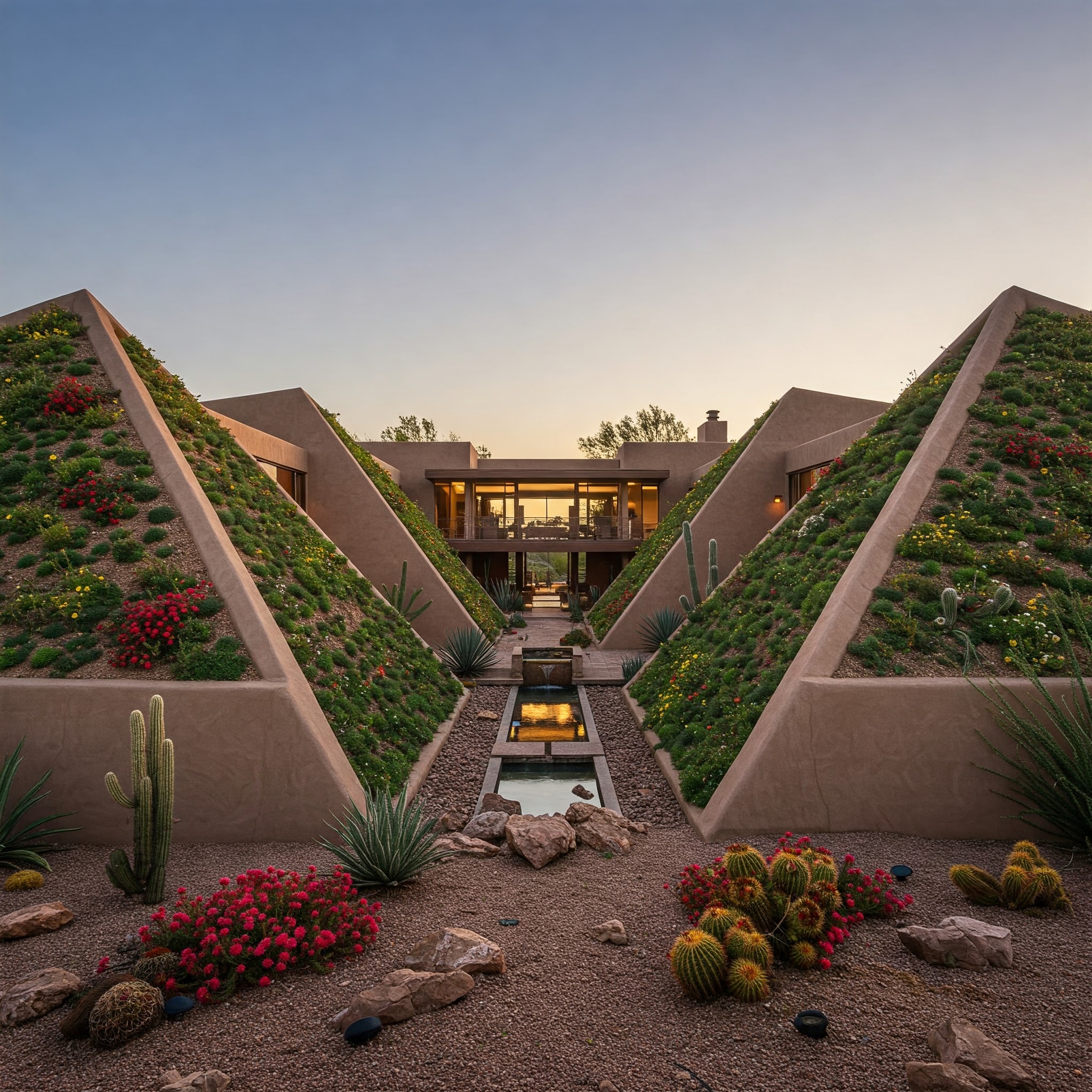
Desert Building Strategy
Green Roof
Green roofs, vegetated rooftops, offer a range of benefits, particularly in urban environments. They provide insulation, reducing building energy consumption by moderating temperature fluctuations. Green roofs also mitigate the urban heat island effect, lowering ambient temperatures in cities. Through evapotranspiration, the process by which plants release water vapor, they cool the surrounding air. These vegetated surfaces can also reduce stormwater runoff, filter pollutants, and create valuable green spaces in otherwise built-up areas.
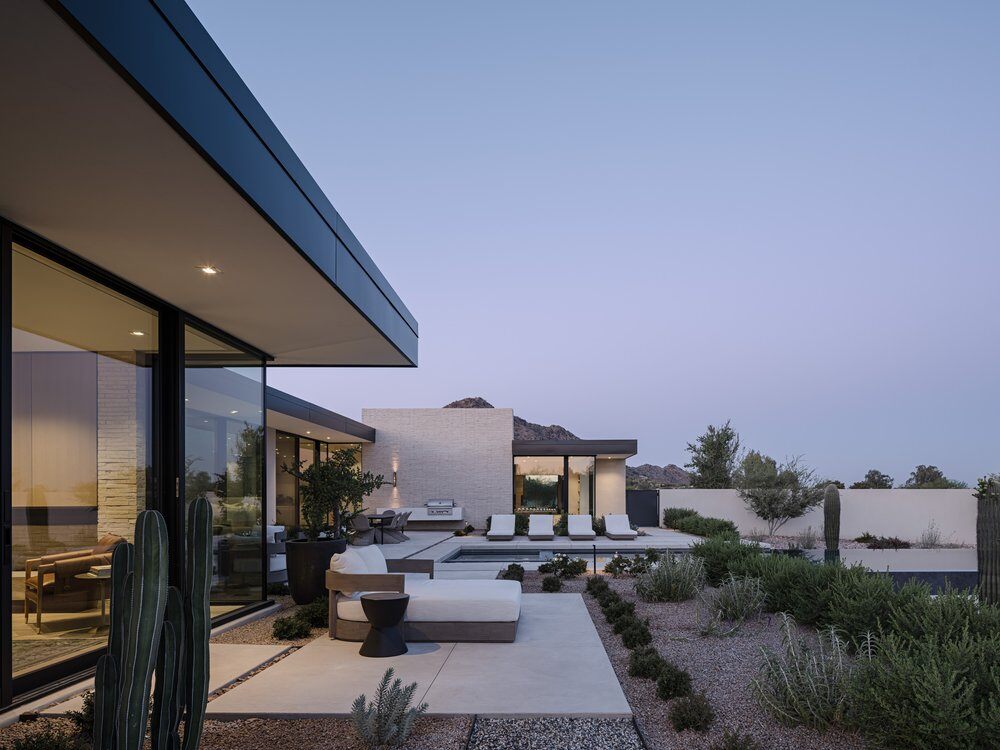
Desert Building Strategy
Eaves
Eaves, the most common of roof overhangs, are a crucial design element in desert architecture. By projecting beyond the walls of a building, they provide shade for windows and walls, reducing direct solar heat gain and keeping interiors cooler. The length and angle of the overhang are carefully calculated to maximize shading during the hottest parts of the day and year, while still allowing some solar gain in the winter if desired. This passive cooling strategy minimizes the need for mechanical air conditioning, contributing to a more comfortable and energy-efficient home.
Desert Architect
Shade Design
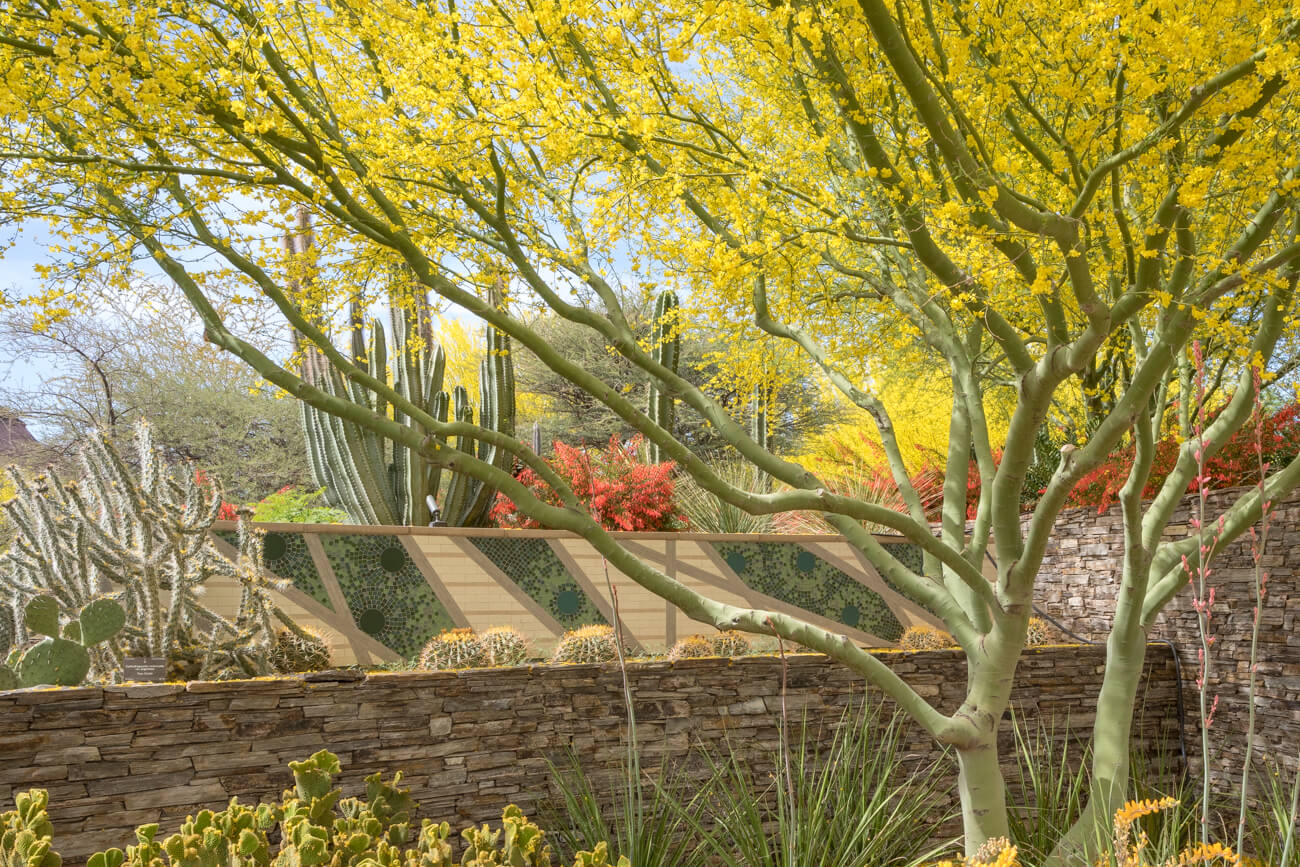
Strategy
Landscaping
Strategic planting of trees and shrubs can increase the energy efficiency of the building(s) and surrounding areas.
Deciduous trees provide shade in summer and allow sunlight in winter, which can be advantageous.
Choosing plants native to Arizona offers a wealth of benefits, from significantly reducing water consumption and maintenance needs to supporting local ecosystems and attracting native wildlife. Native landscapes also enhance aesthetic appeal with their unique beauty, improve soil health, save homeowners money on water and upkeep, and contribute to environmental responsibility by conserving precious resources and protecting biodiversity.
Resources:
Blocking solar gain with shade landscaping through evapotranspiration
Blocking heavy winds with windbreak landscaping
Arizona native plant list
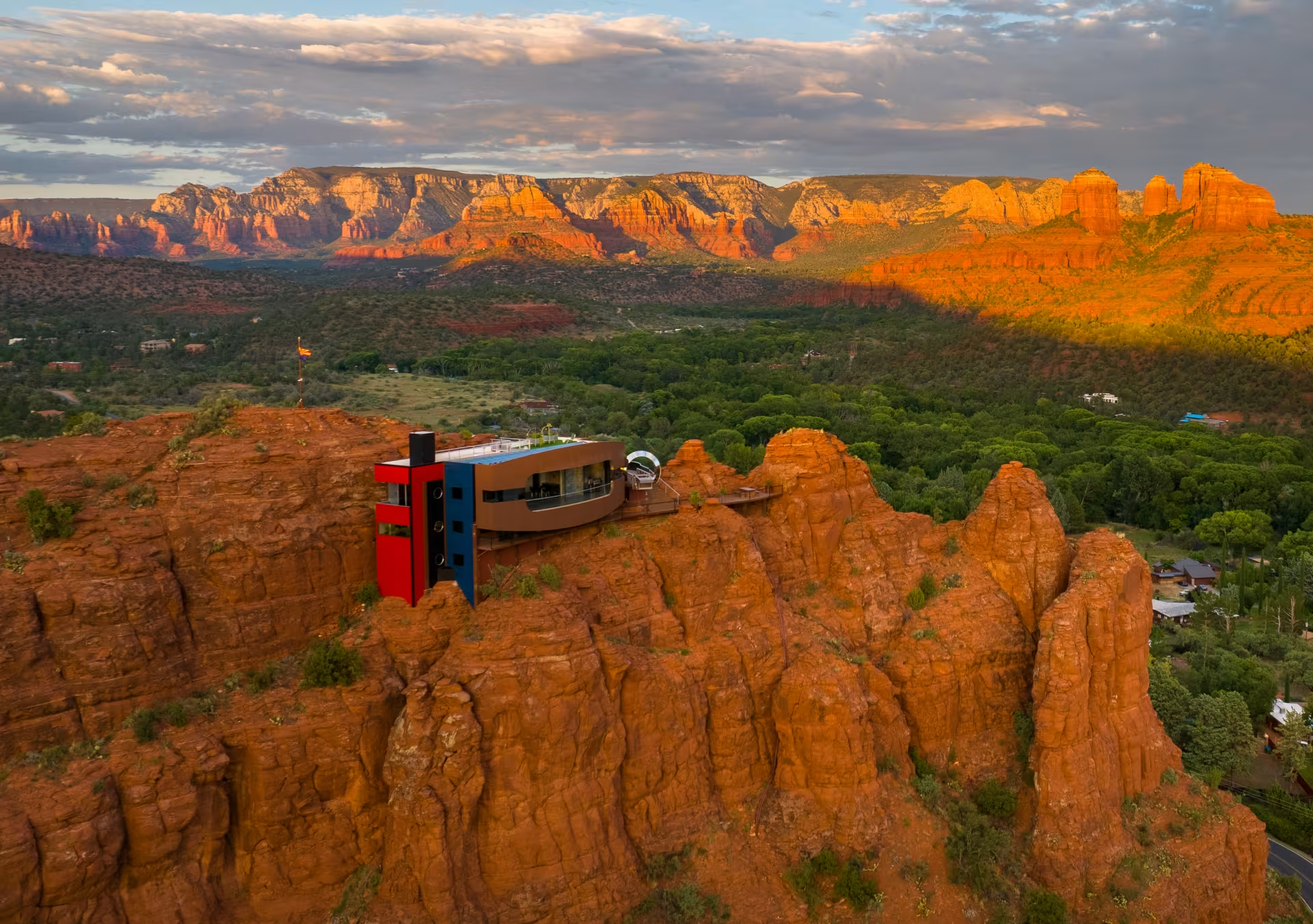
Strategy
Do Whatever You Want
If you have the vision – the passion – and the perseverance to do whatever your heart desires... why not?!
Credit to Glendon Good who designed and built this house in Sedona, AZ.
See it featured by Sedona Monthly and the WSJ
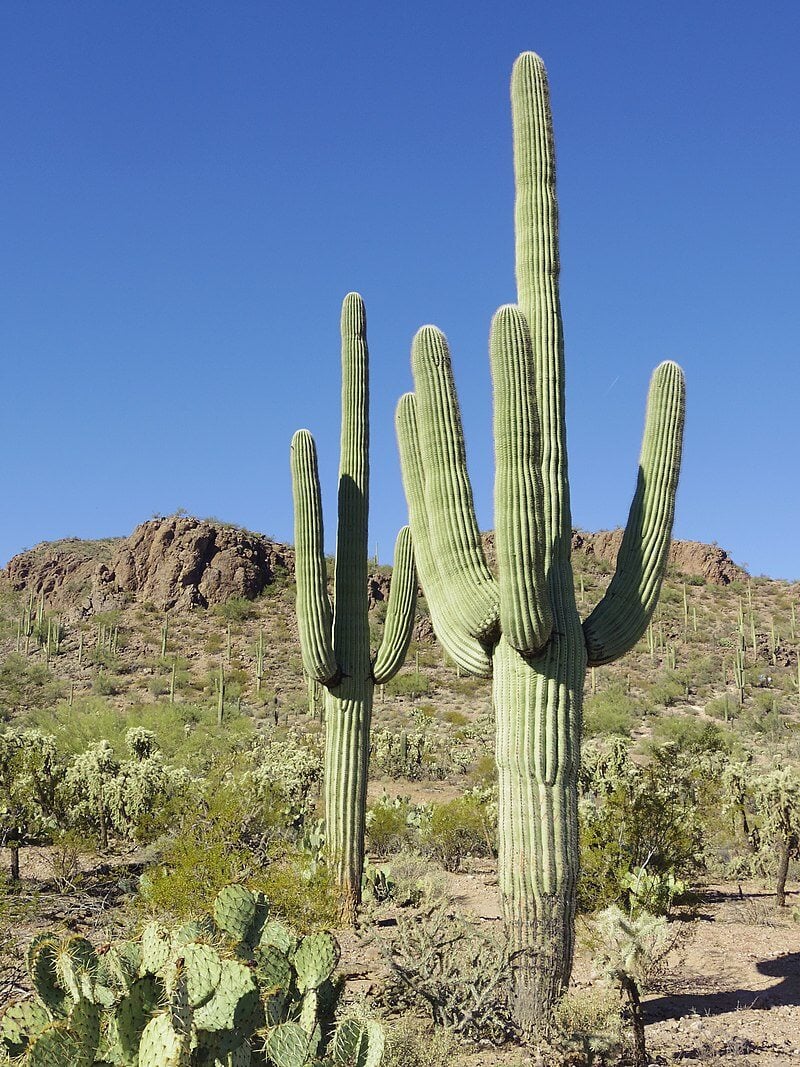
Architectural Services
Learn about our 5 stage process to help you design and build your dream home.
Site Selection Services
Learn about our process to help you select the best property for your future home.
Architectural Style Guide
See our homes in all the desert architectural styles you can choose from for your home.
Arizona Climate Guide
Learn about the 4 different desert climates of Arizona to help you select which is right for you.
Desert Building Strategies
Learn about strategies to beat the heat and harsh conditions of the desert to make a house an oasis.
Desert Building Technologies
Learn about desert building technologies that aren't just cool, but make desert living cooler.
Desert Building Materials
Learn about all the available building materials and which ones do well in the desert and are right for you.
Desert Architect Articles
Read articles by Desert Architect on architecture, architectural trends, and innovations.

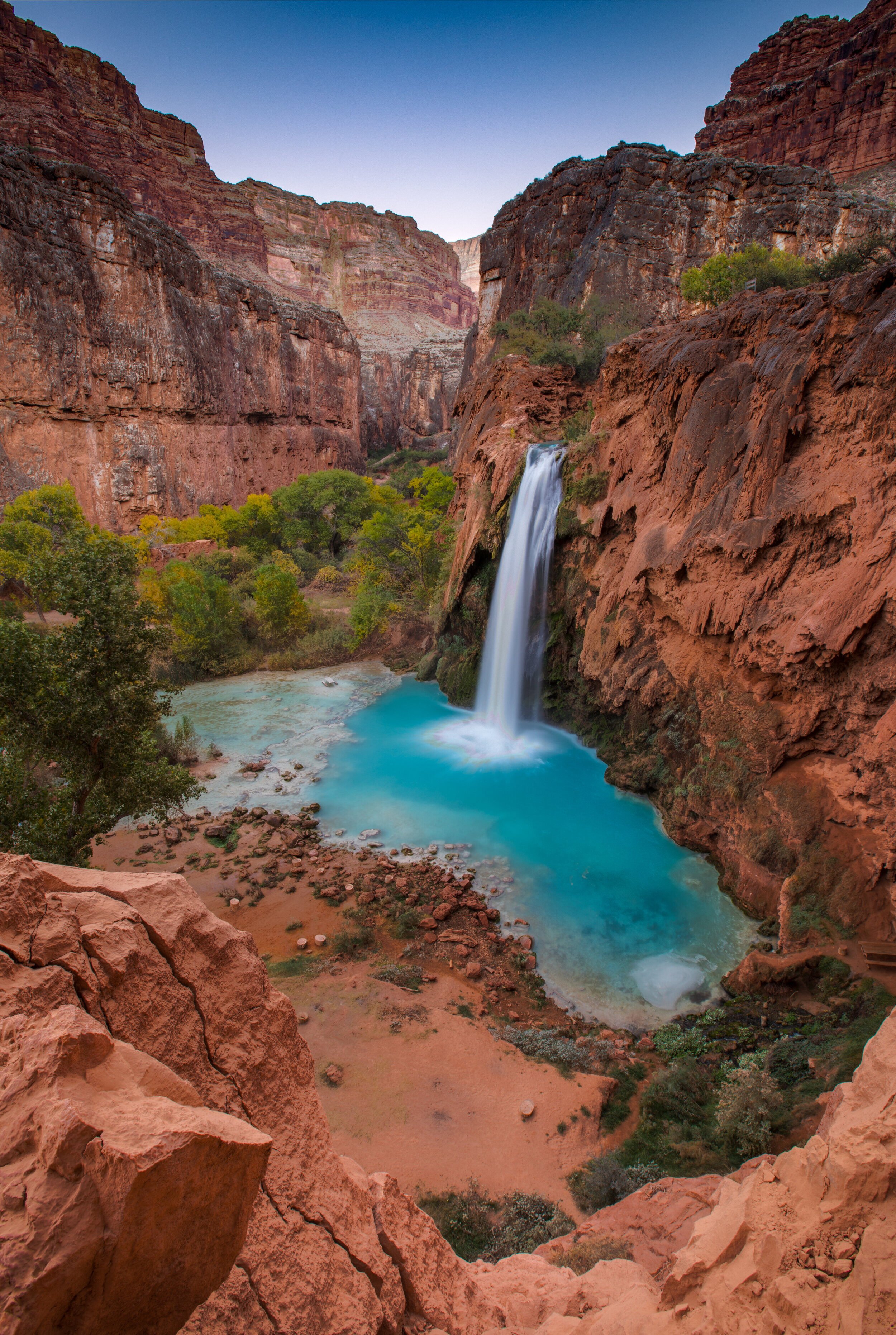
Arizona Relocation Guide
Learn about Arizona and all the great places to relocate to in state 48.
Arizona Climate Guide
Learn about the 4 different desert climates of Arizona to help you select which is right for you.
Sustainable Desert Living
Learn how to live sustainably in desert ecosystems to increase the value of your home and life in Arizona.
Adventures in Arizona
Learn about all the incredible adventures Arizona has to offer to live life to the fullest in the Grand Canyon state.
Lets begin
Ready to start your Journey
The Desert Architect team is here to help you create your custom home.